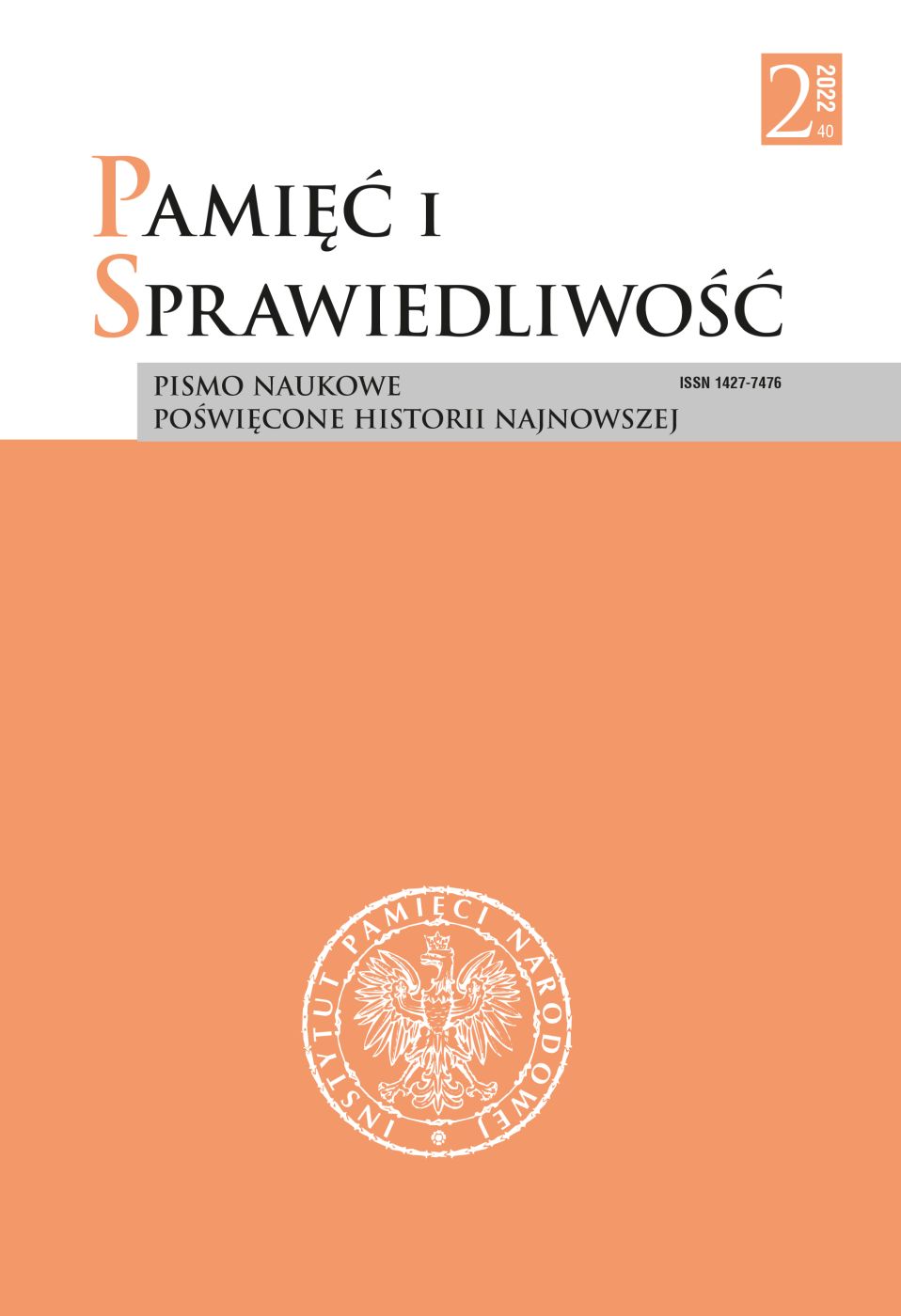Vol. 40 No. 2 (2022)
Tematem przewodnim numeru są twórcy w Polskiej Rzeczypospolitej Ludowej, ukazani w swoich zmaganiach z władzą. W zamyśle komunistów mieli oni się stać inżynierami dusz, legitymizować nowych rządzących i ich koncepcje, dlatego różnymi metodami starano się ich pozyskiwać do współpracy. Oczywiście wśród twórców nie brakowało koniunkturalistów, którzy system traktowali jako trampolinę do kariery – tych władza sowicie nagradzała. Karano natomiast każdy przejaw niesubordynacji lub sprzeciwu, np. zaangażowanie w działania opozycji lat siedemdziesiątych i osiemdziesiątych XX w. – po wprowadzeniu stanu wojennego w grudniu 1981 r. wielu przedstawicieli środowisk twórczych internowano. Dość powszechnie, choć oczywiście z wyrazistymi wyjątkami, ci, którzy pozostali na wolności, odpowiedzieli wówczas bojkotem. Z czasem obie strony zaczęły szukać porozumienia i neutralizacji swoich najbardziej radykalnych przedstawicieli.
 Język Polski
Język Polski
 English
English
 Deutsch
Deutsch
 Français (France)
Français (France)
 Italiano
Italiano
 Русский
Русский


 PDF (Język Polski)
PDF (Język Polski)

